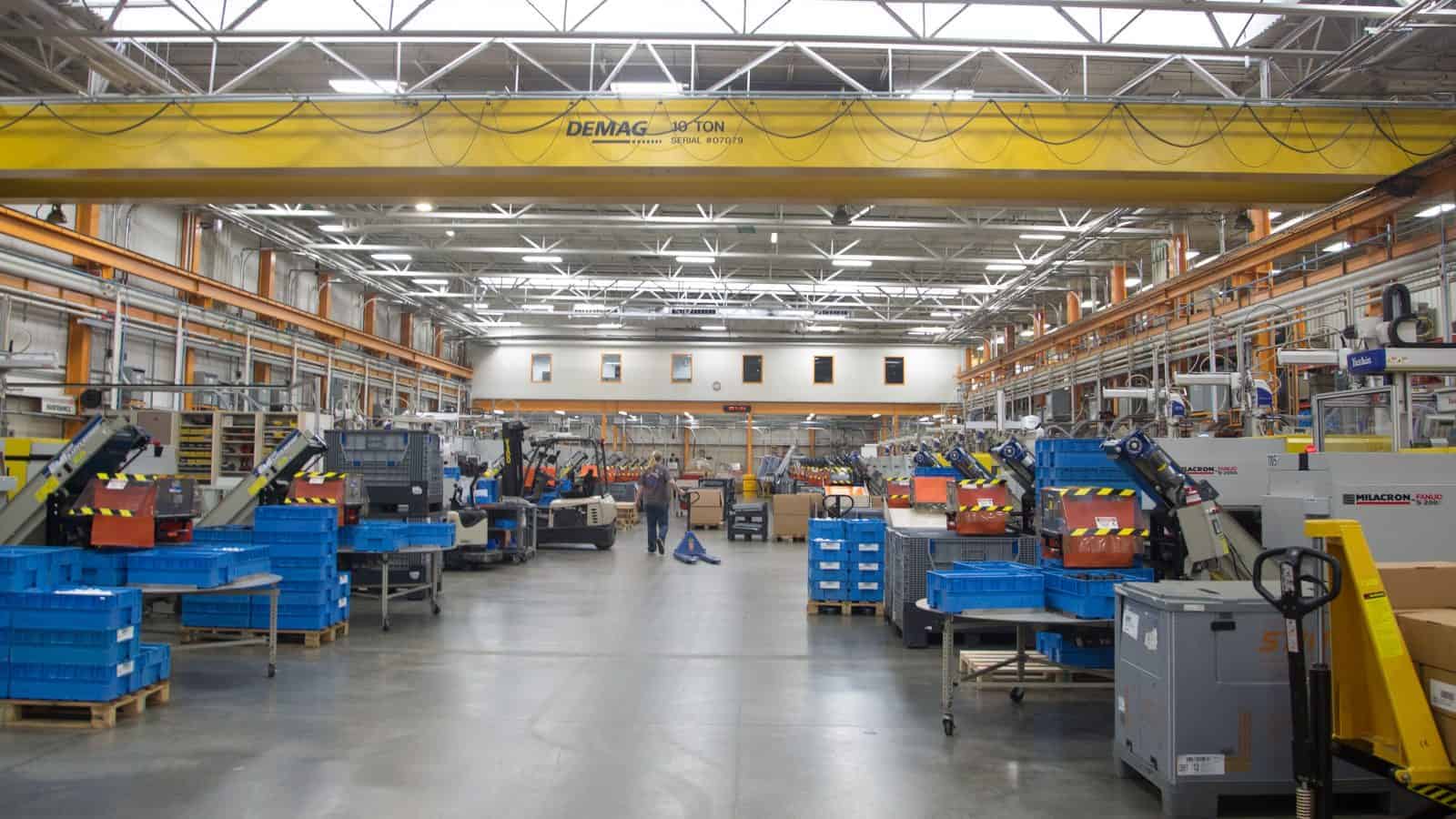NAM: Ethylene Oxide Rule Needs Revision

A newly finalized rule from the EPA will require chemical and plastics plants to slash emissions of two widely used compounds, according to The Wall Street Journal (subscription).
What’s going on: The EPA’s final rule, released Tuesday, requires manufacturing facilities to curb emissions of chemicals including ethylene oxide and chloroprene. These two chemicals have broad applications, from sterilizing medical equipment to producing synthetic rubber.
- The rule would affect about 200 plants across the U.S. and include a requirement for “fenceline monitoring,” the use of technology to measure the ambient air concentration for certain chemicals.
- Once in effect, the regulation could reduce emissions of both compounds by almost 80% annually, the EPA said.
The background: The news comes less than a month after the EPA finalized a rule to regulate the use of ethylene oxide as a sterilizing agent, a decision that will affect the way most medical devices—including complex, lifesaving ones, such as artificial heart valves—are sterilized.
Regulatory onslaught continues: “While the EPA listened to some of manufacturers’ concerns, such as allowing more time for companies throughout the supply chain to assess the impact on their operations, the rulemaking adds to the ongoing regulatory onslaught our industry has been facing,” said NAM Managing Vice President of Policy Chris Netram.
Effect on supply chains: The fenceline monitoring schedule will be a “significant burden” to manufacturers, as will the EPA’s requirement that operations be fully shut down for small plant repairs, Netram continued.
- “The potential disruption to supply chains could make it more difficult to create jobs in communities across the country.”
